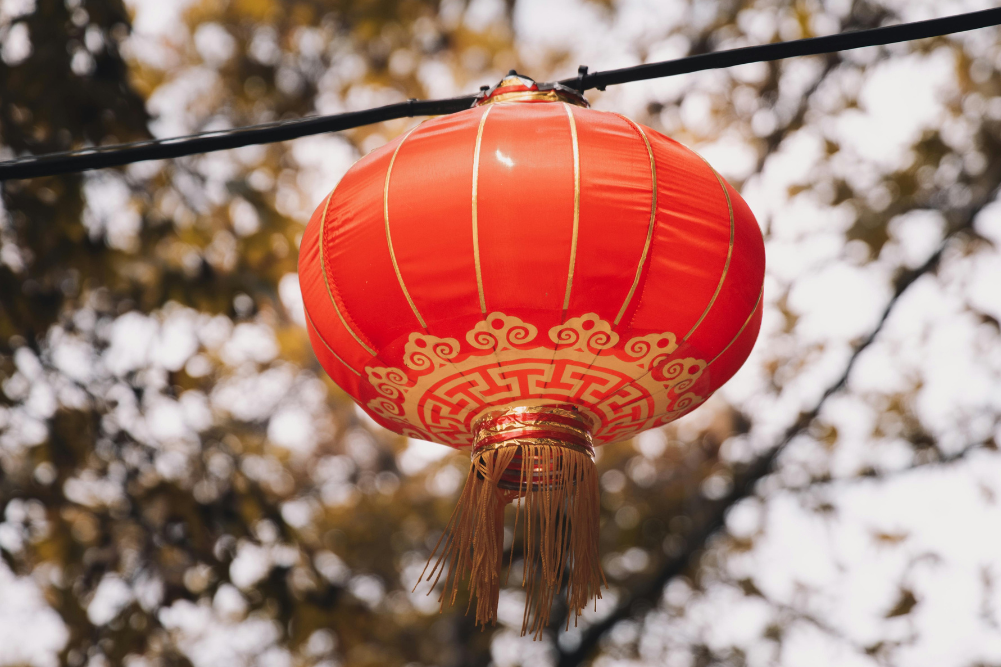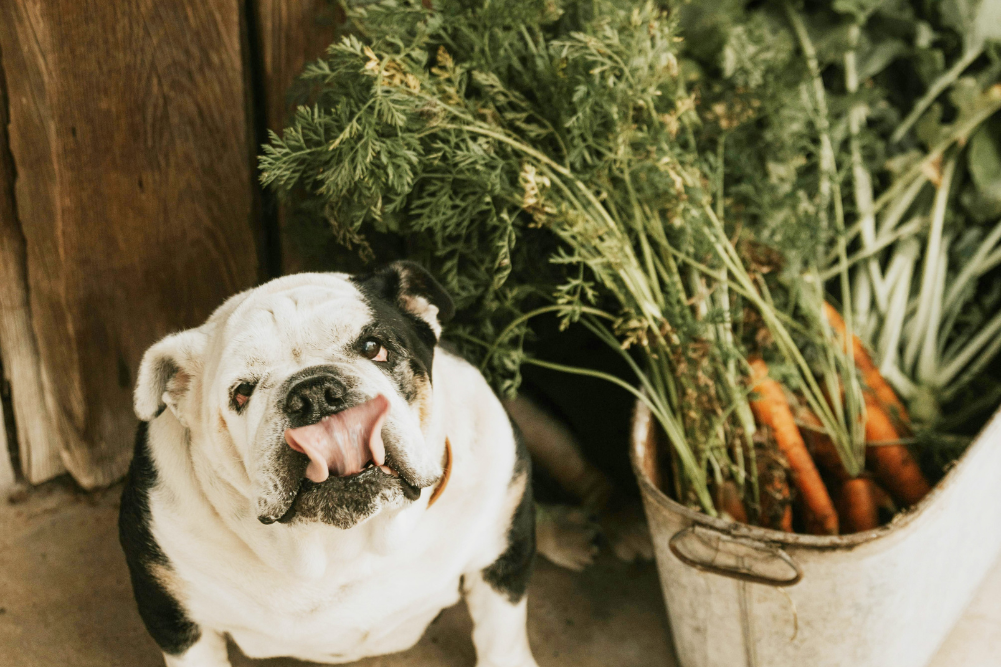A winter of scents and savoury
Winter smells of cold, which is more an absence of scents — no fresh-mown grass, warm soil, ripening tomatoes or roses from next door. Even the mints and lemon verbena die back and, without warmth, other fragrant leaves don’t release their scent. Creating a fragrant winter needs planning, here’s how:
Daphne. I’m biased towards daphne. It was my grandma’s favourite bush, it’s waist-height and neat. Give it a well-drained spot on a slope, with dappled sunlight or even full sun if it’s not near a hot wall (where the leaves may brown on a hot afternoon), and it will be happy. The older varieties were prone to root rots, but new ones are hardier and you have a choice between the old-fashioned pink and a glorious bright pure white.
Paperwhite jonquils. These are the least impressive of all jonquils (just plain white), but they also have the strongest scent. They are also the most heat-hardy of the jonquils, surviving heat waves if the bulbs are planted relatively deeply (say twice the size of the bulb). They bloom just after mid-winter well into spring.
Hyacinths. We have two growing outside our front door at the base of a small smoke bush. The leaves die back in summer but poke up again as soon as the nights are cold. They are probably at their best grown in pots, then brought inside when they begin to bloom. Enjoy the pink or blue blooms, let the scent float through the house, then take them outside again when the flowers die back. Give a small dose of slow- release fertiliser, water well, then leave them until they bloom next year.
Camellias. Most camellias don’t have a scent, so you will need to hunt for the varieties that do (they’ll have a reference to scent in their name). Sasanqua camellias like “High Fragrance” will grow even in subtropical areas. The hotter the climate, the more sun they need. We give ours full sunlight in our temperate garden.
Rosemary. This is my herb of choice during cold weather. Even the herbs that don’t die back in winter, like thyme and oregano, lose much of their flavour. Rosemary is a tough herb, though, I usually place a branch in the oven when I’m cooking, the scent is enough to flavour the food and the whole house will be perfumed.
There are an enormous number of varieties of rosemary available, from richly blue flowered to pale blue or even pink or white, as well as prostrate rosemary, which looks wonderful planted as a carpet. Rosemary tolerates all but the coldest positions and even salty winds from the sea, but does need deep, well-drained soil. If rosemary leaves start to fall or turn brown, the bush is probably getting too much water. But given the right spot, it lasts for decades and needs little feeding, or even none once it’s been growing for a couple of years.
Winter savoury. This looks like thyme but is tougher and more fragrant in winter than summer. Use it as you would thyme, in full sun. Like thyme, winter savoury should be pruned back every few years (unless you harvest it regularly) to stop it dying back and to encourage new growth. The other option is to cover most of the stems with a compost mulch in spring, leaving only the leafy bits showing, so the stems put out new roots. This is a good trick if you are growing thyme, too.
Bay trees. I add bay tree branches to the flowers in vases in winter to freshen up the house. Bay trees are extraordinarily hardy and will grow from the cold to the subtropics, or even tropical gardens with some dappled shade and a very well-drained position. Their main problem is that they grow big. Luckily, they grow perfectly in pots — bay trees either side of the front door are supposed to help protect the inhabitants, though according to legend they will never be the same height until there is peace in the world.
Hellebores or “winter roses”. These don’t have a scent, but I have become a fanatic since breeders began producing ones with double flowers. They are possibly the most boring plant in summer, prone to mite damage, so you have a depressing garden bed of dull leaves. As soon as the blooms fade, the whole plant is either mown or whipper-snipped, then fed when the new, bright green leaves appear in autumn. The new varieties are recent and hellebores of one colour or shape readily cross with another, so if you collect the seed, it’s a kind of lucky dip — you never know exactly what you will find.
Add winter-blooming grevilleas and a few protea bushes for even more colour, and your garden and house will be as colourful as summer, and just as fragrant.








